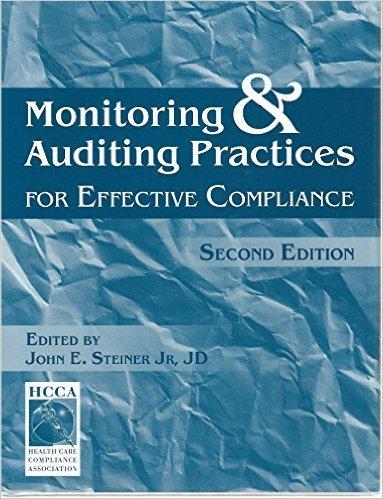O $258,000: Yes O $52,000; No $52,000: Yes Question 9 4 pts Assuming a company has a mixed cost structure (i.e., costs include both fixed and variable costs), how will the total per unit cost usually change if the production level rises? It will decrease, but not in direct proportion to the production increase. O It will decrease, and in direct proportion to the production increase. It will increase, and in direct proportion to the production increase. It will increase, but not in direct proportion to the production increase. D Question 10 4 pts Gus is a Bernese Mountain dog. Being a big and proud pup, he works the holiday season by pulling couples around on sleds during their dates. He's planning his upcoming season by reviewing his variance reports from last season. However, he's having trouble understanding (because he's a dog) what may have caused his overall unfavorable direct labor variance. Per last years' flex budget, he was going to charge 5 treats per hour this direct labor price) - and ner his treat account he MacBc Your business is thinking about purchasing a new machine that will increase future revenues. The current machine is likely to be operable for 5 more years but will have zero value after the 5 years. You can sell the current machine now for $120,000. The new machine will cost $650,000 and will require other cash investments totally $105,000 to get the machine functioning. The new machine will reduce the average amount of time required to make products - resulting in $130,000 in additional cash inflows during the first year after acquisition and $110,000 each additional year of use. The new machine will have a five-year life, and zero disposal value. The new machine will have no value at the end of the 5 years. Also, there are no tax considerations in this problem. What is the net present value of the investment (rounded up to the nearest $1,000), assuming the discount rate is 16%? Should you purchase the new machine? Below is a discount rate table that may help with the calculations. Discount Rate No. of Periods 8% 50% 12% 16% 18% 20% 1 2. GAN 3 4 5 0.980 0.961 0.942 0.924 0.906 0.9615 0.9246 0.8890 0.8548 0.8210 0.9434 0.8900 08396 0.7921 0.7473 0.9959 0.8573 0.7938 0.7350 0.6806 0.9091 0.8254 0.7513 0.6830 0.6200 0.8929 0.7972 0.7118 0.6055 0.5074 0.8772 0.7666 0.6750 0.5921 05100 0.8621 0.7432 0.6407 0.5623 0.4761 0.8475 0.7182 0.6086 0.5158 0.4371 0.8333 0.6944 0.5787 0.4823 0.4019 O $112,000: No -$258,000; No O $112,000: Yes O $258,000: Yes D Question 13 4 pts If you are investigating variances and find a direct materials efficiency (aty) variance that is unfavorable, which of the following would most likely not be the best action to take to correct the variance? O Provide additional training to direct labor employees Request that your purchasing department purchase on higher quality materials Speak to engineers to improve the products design Request that your purchasing department negotiate lower prices for material acquisition









